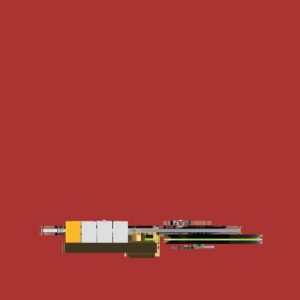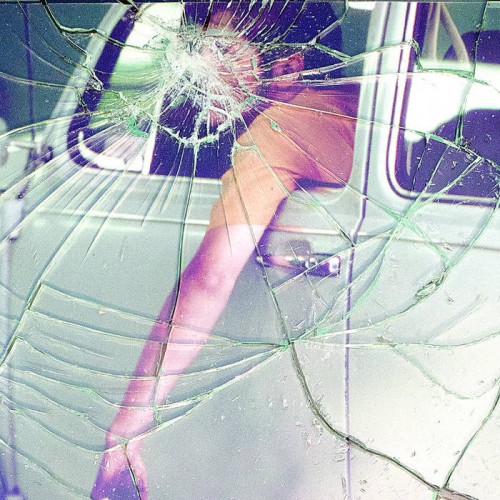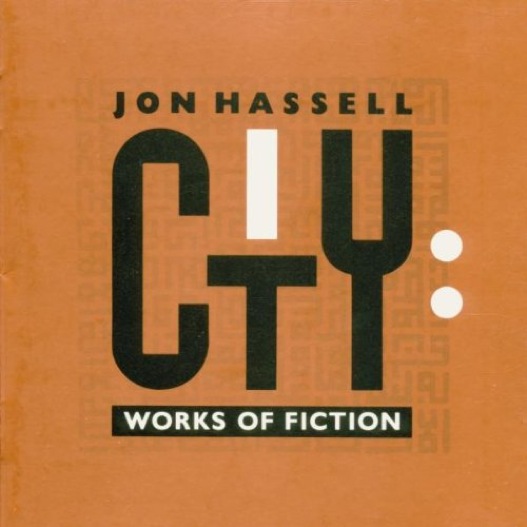 The latest album from Scottish inventor and sound artist Lomond Campbell tips a hat to fellow tape loop enthusiasts William Basinski and Steve Reich, but goes one step further by actually engineering the machinery himself.
The latest album from Scottish inventor and sound artist Lomond Campbell tips a hat to fellow tape loop enthusiasts William Basinski and Steve Reich, but goes one step further by actually engineering the machinery himself.
It involves some complicated device which includes tape loops, a rotating magnetic disc and a couple of eccentric cams that ensure that every second of the soundscapes presented here is unique in a dizzying and diffuse manner. The cyclical opening image is of a blinding, all-white waiting room, blurry cascades of sound enhancing a dreamlike vision of sunshine, all gauzy and impressionistic.
This feeling of movement while static plays throughout the album, even on the sub-techno procession of “Otherly”, with its booming electronic pulses; the sense of purpose is low key, as if unwilling to draw attention to itself. You just have to let the pieces insinuate into your psyche.The way that the loops drift out of phase feels like two artists working against one another, trying to unsettle each other, which makes it all the more extraordinary that this is the work of one person. The plucked piano sounds of “Engineer Of Fear” are desolate and searching, and the phase drift becomes fascinating to listen to as the track gradually changes without you really noticing. It all happens so subtly, and the moments of synchronicity when they appear are like sunlight appearing through clouds, while the addition and subtraction of sounds coalesce around a strident central pattern that revels in its cohesive control.
The sounds all appear worn and dusty, as if they could be aged in oak casks for twenty years and the pieces can reflect situations as diverse as a train journey through an evolving landscape (“Fifths”, with its meandering piano and crash of distant metal) to watching satellites from some distant situation (“Swam”, with its almost Lynchian moments of lilting unreality). Distortion and dystopian imagery abound in “Rad Brad Ivy”, while the disturbing ticking of clocks leads to manic tendencies on the bulging “Creosote”. Here you can hear the loop return, and that sensation of being stuck in time like some awful episode of Sapphire And Steel almost causes a cold sweat. I was reminded of the noir-ish soundtrack tendencies of Wall Of Voodoo in the telephone hold signal that creeps through “Songs Of The Wildbirds”. The wild birds themselves are menacing and the metallic burrs sound as if they are being digested by some hidden thing that swells and throbs, rather like the dubby oscillations that bring the album to an end. Like all the pieces here, “Until” refracts an image of solitude that becomes less and less recognisable as the track moves though its eccentric circuit.The fact that all of the tracks presented here can affect the listener in similar ways but are sonically unique is pretty impressive, and the cohesion as an album makes it a satisfying and worthy listen. The device that Lomond prepared for this album, the LŪP, is something that he will be utilising in the future for other more inclusive projects, and I for one am looking forward greatly to how they evolve.
-Mr Olivetti-



